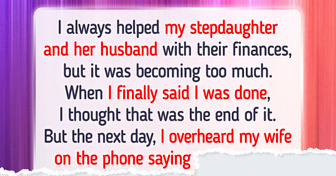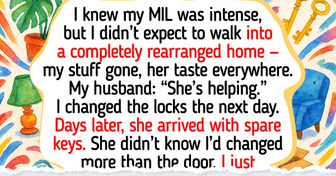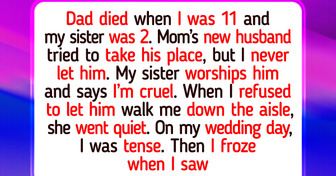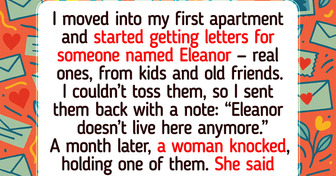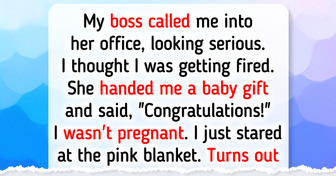My DIL Refused to Let Me See My Grandchildren, Until My Son Stepped In
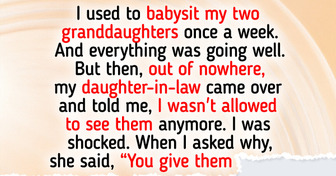
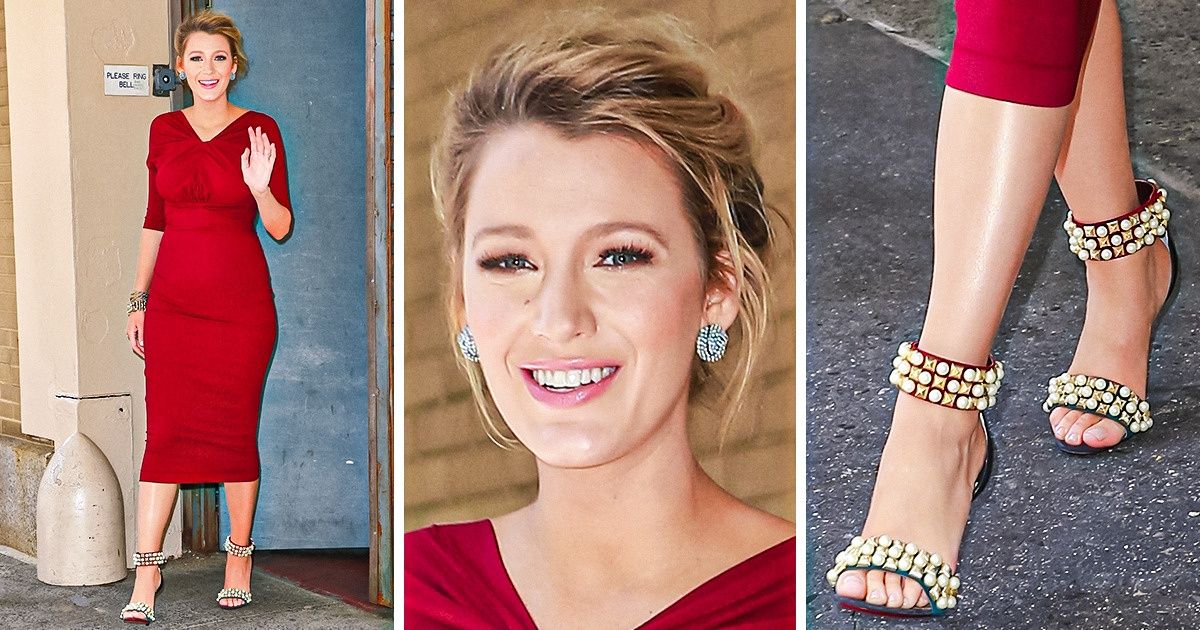
Whether it’s for work, a meeting, or an important date with a special someone we want to make a good first impression on, sometimes it is necessary to dress in a formal way. However, when dressing this way we run the risk of looking a bit too classic. Some even might say old-fashioned or downright boring. But things don’t have to be that way.
Bright Side wants to help you avoid these wardrobe malfunctions with a few simple tips that we found online. Most of them were shared by style experts and image consultants. A quick preview: the key is to balance colors and prints to create a youthful but formal look.
First of all, we have to understand why colors are so important when attempting to pull off any kind of style. Formal attire, in particular, is what interests us, meaning we’ll mostly be talking about white, black, grey and beige, since these are considered to be neutral and basic tones. Colors are capable of creating and reflecting sensations, moods, and emotions. Black, for example, is perceived as an indicator of prestige, power, seriousness, and intelligence and it goes well with other neutral colors. Depending on how formal your event is, you might want to take a look at this “formality scale” showing which colors are adapted to which occasions.
All consultants, stylists, fashion gurus, and even the inexperienced fashionistas driven by intuition agree on what the basic garments are that create a formal look. Basically, just wearing a few of these items can turn any sloppy look into something more formal. Here’s a non-comprehensive list:
It is important to take this list into account, because when you’re experimenting with new combinations to obtain a formal look, these will be an important ally. But be careful: If you want to avoid a boring image, don’t wear them all together at once. You risk overdoing it and looking way too serious, so much so that, instead of communicating empathy and confidence, your look might reflect coldness. So for example, if you’re wearing a very formal coat, consider adding a bit of color with a nice print underneath.
As we said, these are the quintessential formal colors when it comes to formal attire. Black, and darker garments in general, have a huge advantage: if you combine them properly, they help you look slimmer. So there’s no doubt that these 2 will be your best allies if you’re looking for an elegant, sophisticated, and empowering look. But to avoid the typical boring black and white outfit, for example, you might want to try a nice combination of printed and plain garments like Queen Letizia from Spain showcases in this picture. So basically, according to Emili Sindlev, the trick is to start by finding a garment with a colored pattern that you like and then combine it with a plain garment that has a hint of that color.
Soft colors or pastels, which are close to beige, bring light, warmth, spontaneity, and confidence to your look. However, you have to know how to wear them, as they could take away some of the authority you’re trying to convey with a formal look. The fact is that if you’re going for a more colorful look on office days, it is better to opt for soft colors that are not too eye-catching. Think of pastel shades, and preferably choose these colors in formal garments, like those mentioned before. You can, for example, combine a pair of black trousers or a black skirt with a white blouse, a plain blazer in a light color, and complement it with a necklace if it doesn’t have an extravagant print.
At the same time, it is important to understand that neutral colors are not just those ranging from grey to beige, but “all primary colors mixed in equal parts, that are not saturated, which become close to grey on the color wheel and are therefore, neutral,” according to Spanish image coach Domingo Delgado. Therefore, you can also wear them with your formal garments, as long as you combine them correctly. Delgado also states that these colors can add strength and personality to your look when combined with black, which is exactly what we’re looking for. After all that’s the idea behind dressing formally.
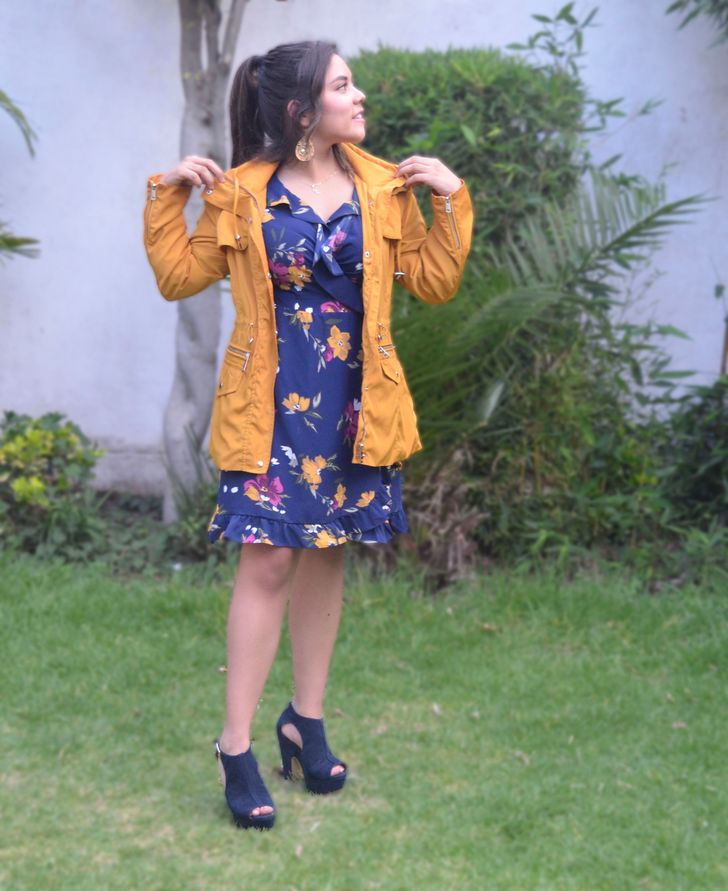
The color blue, mainly indigo and navy tones, is usually an excellent ally when it comes to formal looks. And this is true even though it’s not on the neutral spectrum we were talking about before. That is because it is a color that’s close to black and since it is slightly lighter, it takes away a little bit of the formality without making things too casual. It is also ideal to experiment and combine neutral colors with other types of tones. For example, Claudia García, a personal shopper, suggests a combination of navy blue with mustard yellow for formal attire, like in this picture. Blue brings strength, wisdom, and confidence, while yellow adds joy and creativity to your appearance. Besides, since they are muted tones, they do not take away the formal aspect of your outfit. On the other hand, they are elegant and mature, but still colorful. You can use both colors in clothing or even in accessories.
It is not easy to find the proper balance between a formal look and a super edgy one, but somewhere in between lies the ideal outfit. That’s where the 2+1 rule comes in. The idea is to put together a look with 2 classic formal colors, that match perfectly and then add a smaller garment with an eye-catching color. For instance, we could go for blue and white and then add gold, or black and white, and then add red. Another winning combo is beige and gray with yellow to contrast. “Using various colors from the neutral and basic range will make you feel balanced. Combining those with other colors will alter the energy of the whole outfit. “By either contrasting or enhancing the message conveyed by the brightest color, you will define your personal image” says Domingo. As a good rule of thumb, remember that it is always better to maintain a proportion of 80% neutral colors to 20% eye-catching colors.
When we talk about conveying a message, we mean to say that every outfit says something about you. Specifically, decorations, prints, fabrics, and any detail that stands out “talks” more about you because it reveals your choices. This is important because it makes your outfit special, personal, and it keeps you away from the typical boring formal look. Once again, this is a matter of proportion. Trying too hard to show your personality might end up backfiring, either coming off as kitschy attire or as a casual outfit.
Spanish personal shopper Valentina Brand suggests that when wearing a garment with outstanding details, you should keep the rest minimalistic. Go for simple or plain garments that won’t steal the spotlight from that special detail you want people to notice, be that a beautiful print on a blouse, frills on a skirt, a bow on a pair of trousers or on a blouse, a pleated dress, or flashy buttons and contrasting color lines on a blazer, coat, or jacket. Remember the 80-20 proportion we spoke about before. Go for 80% simple garments and only 20% flashy, eye-catching details.
Accessories are, by definition, eye-catchers, so their main purpose is to direct people’s attention to a specific part of your outfit. That’s why it’s important to make sure you don’t overdo it. If the rest of your garments are too loaded or catchy, a nice pair of earrings or a bracelet could be left unseen or even worse, overload the whole outfit. As for the number of accessories, Coco Chanel, for example, always said that before you leave your house, you should first take a look in the mirror and take one thing off. To keep it simple, go by the motto “less is more.” As a general reference, 3 accessories are enough when it comes to formal wear. You want to avoid clangy jewelry too, especially at work. It is important to balance size and color with the rest of the outfit too. Subtle jewelry is the safe choice, but you can go for something a little more eye-catching if the rest of the outfit is already very serious or subtle.
Something that never goes out of style when you want to dress formally is to wear a monochromatic outfit — most of the time it’s neutral or blue. But be careful: you could fall into the trap we’ve been trying to avoid since the beginning, namely, that boring, way too formal look. Luckily, the trick to save you from trouble is simple. Just let your accessories do their thing. Personal shopper Zaida Muñoz suggests adding one, 2, or a maximum of 3 accessories in a contrasting color or in contrasting fabrics/materials. So say you go for an all-black suit, you can add a silver necklace. If you wear a white dress, you could match it with a bag of a different color, a watch, and a shiny belt, all of them of subtly sized. And if you wear a gray jumpsuit, shoes in a striking color like red, for example, could make you look more cheerful.
We have already talked about a number of garments that are necessary to give us that formal look we’re looking for. Still, there are others that are considered to be more casual, but that remain, above all, beautiful. These garments can be styled in a formal way if we know how to wear and combine them.
Tell us, do you have any other pieces of advice on how to avoid looking boring when wearing a formal outfit? What’s the best look you’ve ever seen in a formal setting? Did you try any of our tips? Share your pics with us!

